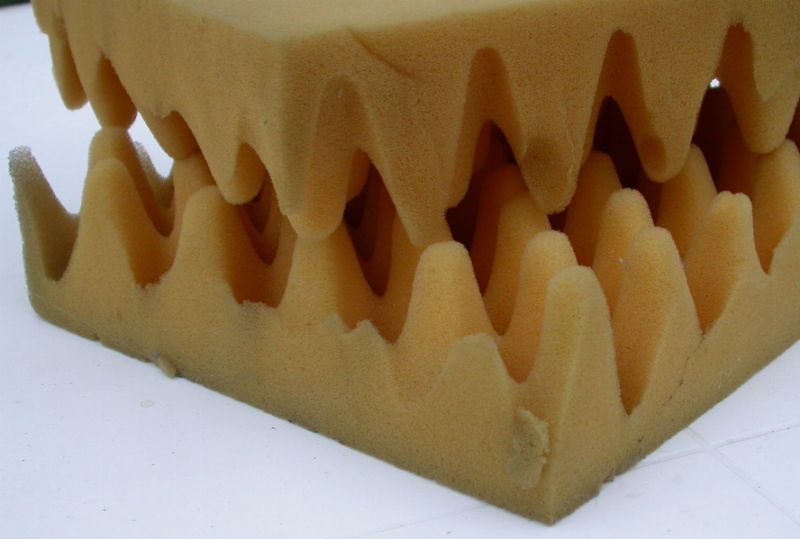.jpg)
Superlubricity is virtually friction free, resembling ball bearings.
Superlubricity might not be in your everyday vocabulary now, but it will be. Where friction exists, which is essentially everywhere, there is resistance. And conversely, lubrication acts to reduce that resistance. Although friction was understood, at least in a broad sense, several hundred years ago, there’s always been more to learn. And now scientists are learning even more – at the nano level.
Superlubricity in Theory
IBM Research News explains that until recently, the existence of friction at the atomic level was only just a theory. It was in March of 2004 that Martin Dienwiebel, Gertjan S. Verhoeven et al successfully measured atomic-scale friction using a homemade microscope.
From their research, the theory of superlubricity emerged. But 2015 is when scientists gained a much better understanding of atomic-scale friction, and even learned how to measure friction and adhesion at that level.
Scientists Nearly Eliminate Friction
Superlubricity is also being studied at the U.S. Department of Energy Argonne National Laboratory, according to Engineering Materials. Researchers Ani Sumant, Ali Erdemir, Subramanian Sankaranarayanan, Sanket Deshmukh and Diana Berman recently learned that by combining graphene and diamond particles, friction can be reduced to a point where it’s virtually eliminated.
The process involved layering graphene around the diamond particles, which created a “ball bearing” type lubrication system. This effectively expanded superlubricity from the nanoscale to the macroscale.

This technology could even reduce wind turbine friction.
Where Superlubricity Might be Implemented
As could be expected, the IBM team is interested in using superlubricity to help reduce friction and generate less heat and energy in electronics. They’re considering the development of a new transistor, which IBM Research News calls the “Next Switch.”
At the Argonne National Laboratory, there’s talk of reducing friction in engines, turbines, computer hard disks and other electronics. Another possibility is the use of superlubricity to develop more efficient microelectromechanical systems, such as blood pressure sensors and miniature microphones.

Where the peaks fail to interlock, tiny surfaces create less friction.
The concept of superlubricity, also called structural lubricity, was introduced in the early 1990s. But it wasn’t until 2004 that its existence because verified through the graphene / graphite experiments.
It has been compared to sliding two egg crate sections of foam over each other. With the egg crate foam peaks aligned, the peaks interlock as one section of foam over across the other. But with the egg crate foam misaligned, only the tips connect, creating significantly less resistance.
Other examples of superlubricity also exist. In 2013, Chinese researchers studied glass lubricated with acid and glycerol solutions. Hydrogen ions, the pH of the acid and the glycerol concentration all played a major role.
With new scientific innovations emerging nearly every day, it’s difficult to stay on top of it all. That’s why PDH Academy exists. We offer you the professional development hours that keep yo informed and educated about what’s new, and will continue to do so for what’s yet to come. Check out our courses and see why our CE courses make your life simpler.
Image credits:
Ball bearing, By Lucasbosch (Own work), via Wikimedia Commons
Wind turbine, Diego Delso, via Wikimedia Commons
Egg crates, Jean-Jacques MILAN, via Wikimedia Commons






